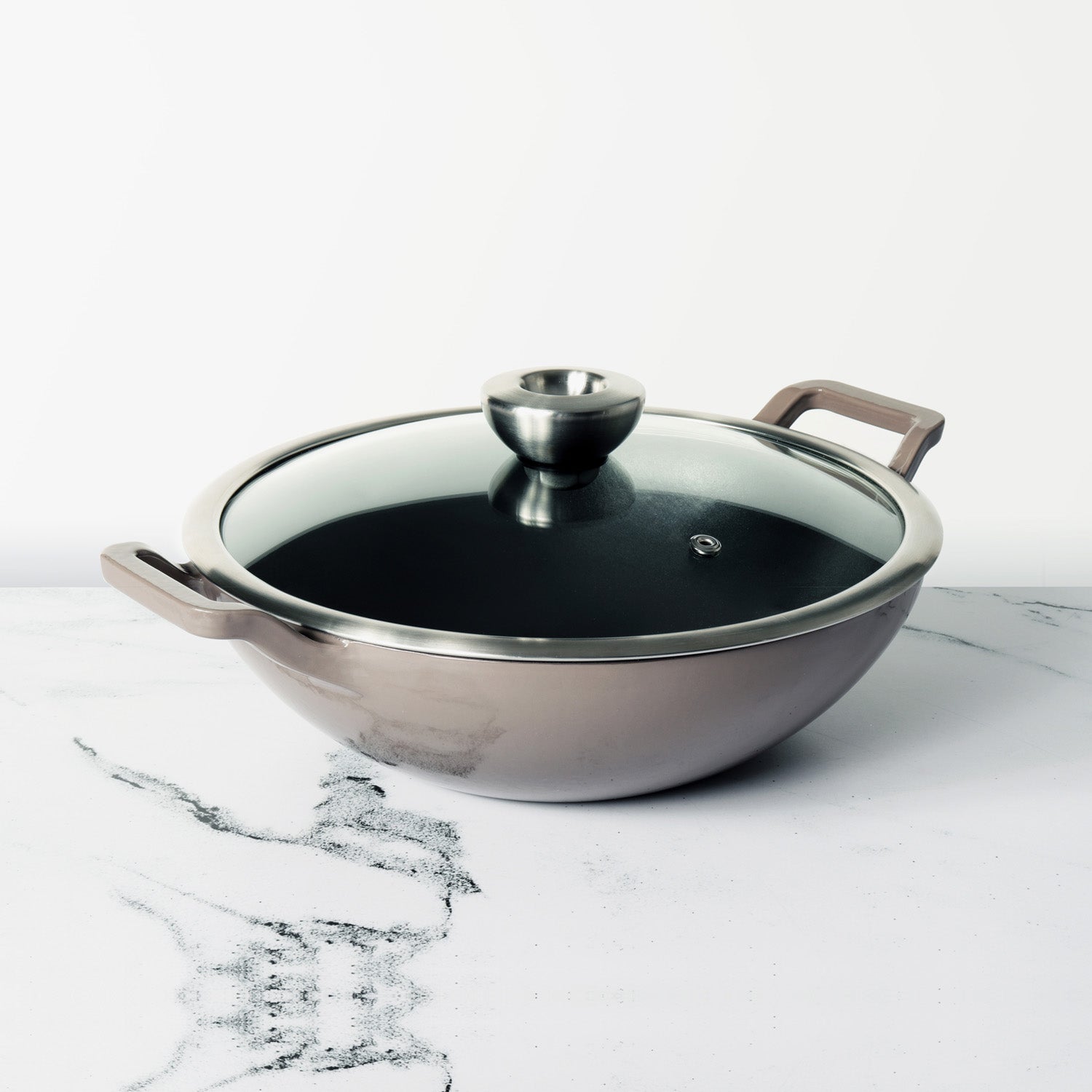Sambar Rice: The Taste of Home in Every Spoonful
Few dishes capture the essence of South Indian comfort food quite like Sambar Rice — a hearty, flavorful combination of lentils, rice, and tangy tamarind-infused sambar. This one-pot wonder brings together the wholesomeness of dal, the richness of vegetables, and the aromatic touch of traditional South Indian spices. Whether enjoyed for lunch on a lazy weekend or packed in a tiffin for a busy weekday, Sambar Rice is the kind of meal that nourishes both body and soul.
Simple yet deeply satisfying, it’s more than just food — it’s a taste of home, of family gatherings, and of the unmistakable warmth that only South Indian cuisine can offer. In this post, let’s explore how to make the perfect Sambar Rice, the secrets behind its balanced flavors, and a few tips to make it truly irresistible.
Table of Contents
What is Sambar Rice?
Sambar Rice, also known as Sambar Sadam in Tamil Nadu, is a traditional South Indian one-pot dish that combines steamed rice, toor dal (pigeon peas), and sambar—a spiced, tangy lentil-based stew made with tamarind, vegetables, and aromatic spices. It’s a wholesome, comforting meal that perfectly balances flavors of spice, sourness, and earthiness.
Unlike serving plain rice with sambar separately, Sambar Rice blends everything together, allowing the rice to absorb the flavors of the sambar and spices, resulting in a rich, creamy, and deeply flavorful dish. It’s often garnished with a drizzle of ghee, crispy papad, or pickles, and is a staple comfort food in many South Indian homes.
In essence, Sambar Rice is more than just a recipe—it’s a complete meal in itself, packed with protein, carbs, and vegetables, offering both nourishment and satisfaction in every bite.














Leave a comment